Black Spots on Foliage
chickenlittle
16 years ago
Related Stories
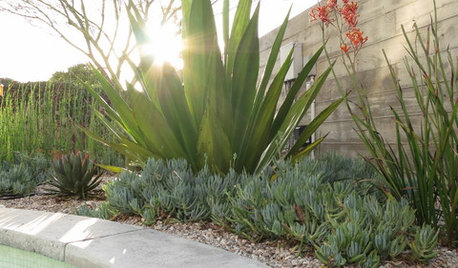
PLANTING IDEASBig Foliage for Small Spaces
Use bold, large-leaved plants to create intriguing contrast in a garden where they’re least expected
Full Story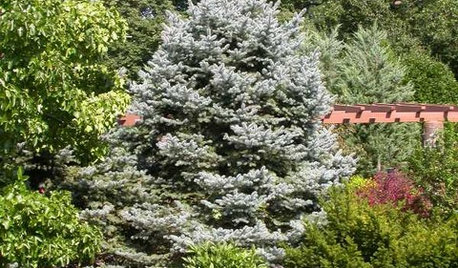
LANDSCAPE DESIGN10 Evergreens for Beautiful Foliage All Year
Give your landscape consistent color and structure with the emeralds, chartreuses and blues of evergreen trees and shrubs
Full Story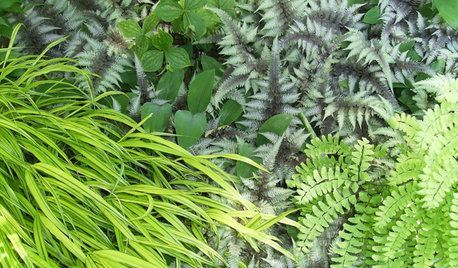
GARDENING GUIDES6 Fantastic Ferns to Enliven Shady Garden Spots
For long-term interest with little upkeep in challenging conditions, ferns might just be your garden's new best friend
Full Story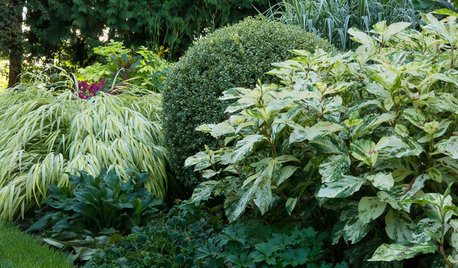
PLANTING IDEASGreat Garden Combo: Play With Foliage Patterns in a Border
Splashes, spots and stripes: Confidently mix things up in your border planting with our 4-step recipe
Full Story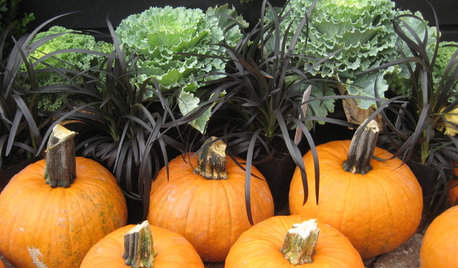
CONTAINER GARDENS10 Boo-tiful Black Plants for Halloween
Dramatic and just a bit eerie, these inky plants set the right Halloween mood in a garden or on a patio
Full Story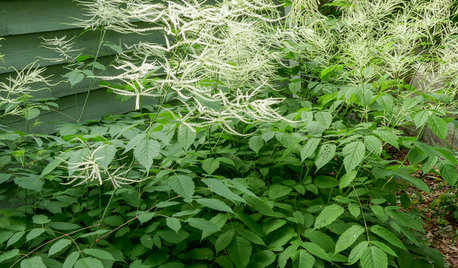
FLOWERS AND PLANTSAruncus Dioicus Is a Stately Plant for Shady, Moist Garden Spots
Plant goat’s beard in perennial and woodland gardens. Its large white spring blooms attract bees, beetles and butterflies
Full Story
HOLIDAYS12 Home Hot Spots for Holiday Decorating
Deck these areas with garlands, lights and other seasonal decorations, and watch a festive mood take hold
Full Story
LANDSCAPE DESIGNGet a Knack for Black in the Garden
Dark walls, furniture and foliage do more than add drama in the landscape; they can be strategic design elements
Full Story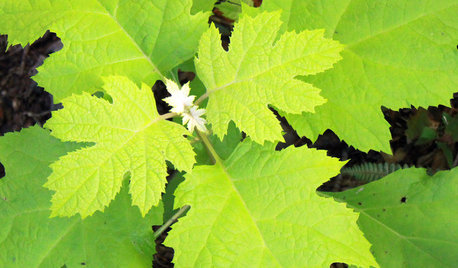
LIME FOLIAGE5 Gold Plants to Illuminate Shady Garden Spots
Dark garden corners don't have to mean deep, monochromatic color. Gold plants brighten the landscape with shots of luminosity
Full Story
GARDENING GUIDES7 New Plants to Grow for Beautiful Foliage
Add color, structure and interest to your garden with these recently introduced plants that sport exceptional foliage
Full Story






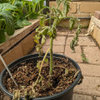
chickenlittleOriginal Author
tomatolovr
Related Professionals
Lake Oswego Landscape Architects & Landscape Designers · Montgomeryville Landscape Architects & Landscape Designers · Apollo Beach Landscape Contractors · Clearlake Landscape Contractors · Elkridge Landscape Contractors · Fort Wayne Landscape Contractors · Fuquay-Varina Landscape Contractors · Mason Landscape Contractors · Stallings Landscape Contractors · Palos Heights Landscape Contractors · Conyers Siding & Exteriors · New Port Richey East Siding & Exteriors · Saco Siding & Exteriors · Worcester Siding & Exteriors · Somersworth Siding & Exteriorsveganmom30
Echo Romeo
gorbelly
Camila Summerland
gorbelly